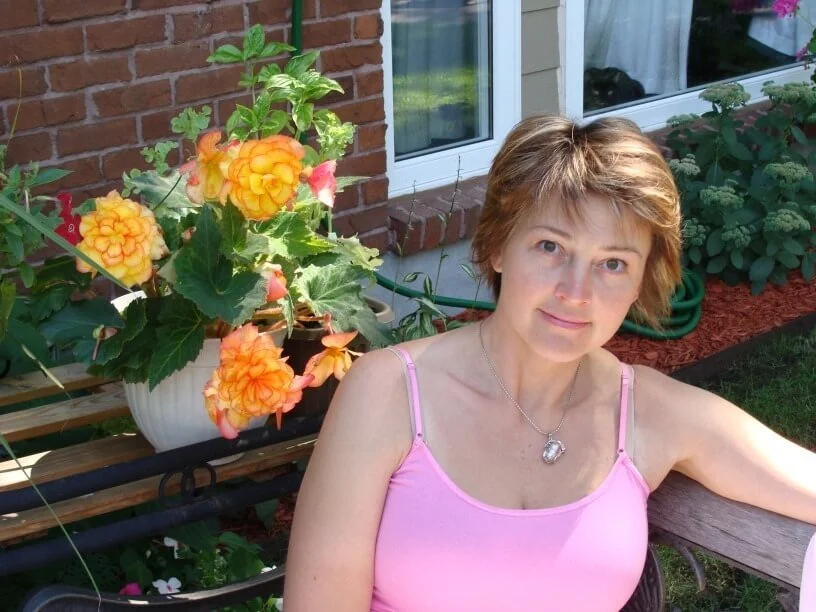Best Fertilizer For A New Vegetable Garden
Starting a vegetable garden from scratch can be a daunting task, especially if you are not sure what to use as fertilizer. There are many different types of fertilizer on the market, and it can be hard to know which one is right for your garden. In this article, we will discuss the benefits of using organic fertilizer for your vegetable garden, and we will provide a list of the best organic fertilizers for new gardeners.
Organic fertilizers are made from natural ingredients, such as animal manure, compost, and plant extracts. They are beneficial for your garden because they release nutrients slowly over time, which helps to keep your plants healthy and strong. In contrast, chemical fertilizers are made from synthetic ingredients, such as ammonia and urea, and they release nutrients all at once, which can be harmful to your plants.
When choosing an organic fertilizer for your garden, it is important to consider the type of plants you are growing. The best organic fertilizers for vegetables are those that are high in nitrogen, phosphorus, and potassium. Here is a list of some of the best organic fertilizers for new gardeners:
1. Compost – Compost is a great organic fertilizer for vegetables. It is made from decomposed organic matter, such as leaves, grass clippings, and vegetable scraps, and it is high in nitrogen, phosphorus, and potassium. Compost can be used as a top dressing for your garden beds, or you can mix it in with your soil before planting.
2. Animal Manure – Animal manure is a great source of nitrogen, phosphorus, and potassium. It is available in both solid and liquid forms, and it can be used as a top dressing or mixed in with your soil. Just be sure to use manure from organically raised animals, as manure from conventionally raised animals may contain harmful pesticides and herbicides.
3. Fish Emulsion – Fish emulsion is a liquid fertilizer made from fish oils and solubles. It is high in nitrogen, phosphorus, and potassium, and it is a great choice for vegetable gardens. Fish emulsion can be used as a top dressing or mixed in with your soil.
4. Alfalfa Meal – Alfalfa meal is a powder made from ground-up alfalfa plants. It is high in nitrogen, phosphorus, and potassium, and it is a great choice for vegetable gardens. Alfalfa meal can be used as a top dressing or mixed in with your soil.
5. Blood Meal – Blood meal is a powder made from dried and ground-up animal blood. It is high in nitrogen, and it is a great choice for vegetable gardens. Blood meal can be used as a top dressing or mixed in with your soil.
6. Bone Meal – Bone meal is a powder made from ground-up animal bones. It is high in phosphorus and calcium, and it is a great choice for vegetable gardens. Bone meal can be used as a top dressing or mixed in with your soil.
7. Greensand – Greensand is a mineral that is high in potassium. It can be used as a top dressing or mixed in with your soil.
8. Kelp Meal – Kelp meal is a powder made from ground-up kelp plants. It is high in nitrogen, phosphorus, and potassium, and it is a great choice for vegetable gardens. Kelp meal can be used as a top dressing or mixed in with your soil.
9. Rock Phosphate – Rock phosphate is a mineral that is high in phosphorus. It can be used as a top dressing or mixed in with your soil.
10. Soybean Meal – Soybean meal is a powder made from ground-up soybeans. It is high in nitrogen, phosphorus, and potassium, and it is a great choice for vegetable gardens. Soybean meal can be used as a top dressing or mixed in with your soil.
When using organic fertilizers for your vegetable garden, it is important to follow the directions on the packaging. Be sure to mix the fertilizer in with your soil before planting, and do not over-fertilize your plants, as this can be harmful. Organic fertilizers are a great way to keep your plants healthy and strong, and they are a safe choice for your family and the environment.
Best Way To Irrigate Vegetable Garden
If you’re like most people, you probably think of watering your vegetable garden as a chore. However, if you irrigate your garden using the best method possible, it can be a quick, easy and even enjoyable task.
One of the best ways to irrigate your vegetable garden is to use a drip irrigation system. Drip irrigation systems are easy to use and they provide a very even distribution of water, which is important for healthy plants.
Another benefit of using a drip irrigation system is that it helps to conserve water. In fact, drip irrigation can save up to 70% of the water that would normally be used for irrigation. This is because the water is delivered directly to the roots of the plants, where it is needed the most.
If you are thinking of installing a drip irrigation system in your garden, there are a few things you need to keep in mind. First, you will need to determine the size of your garden and the amount of water it needs. You can do this by using a soil moisture meter.
Once you have determined the size of your garden and the amount of water it needs, you can select the right drip irrigation system for your needs. There are a variety of systems available, so be sure to select one that is right for your garden.
If you are not sure which system is right for you, be sure to ask the experts at your local garden center. They will be able to help you select the right system and install it for you.
Once your drip irrigation system is installed, all you have to do is turn it on and let it do the work for you. You will be amazed at how easy it is to water your vegetable garden using a drip irrigation system.
Best Homemade Fertilizer Vegetable Garden
Although there are many commercial fertilizers on the market, there are many benefits to using homemade fertilizer. One of the best things about homemade fertilizer is that you can customize it to your specific needs. You can also be sure that there are no harmful chemicals in it.
There are many different recipes for homemade fertilizer. One of the simplest is to mix one part urine with ten parts water. Urine is high in nitrogen and water is high in potassium.
Another easy recipe is to mix one part compost with four parts water. Compost is high in nitrogen, potassium, and phosphorus.
You can also make your own compost. To make compost, you need green materials and brown materials. Green materials include fresh vegetables, fruit, grass clippings, and coffee grounds. Brown materials include dried leaves, wood chips, and straw. You can also add manure to your compost pile.
To make compost, mix the green and brown materials together in a pile. Keep the pile wet and turn it every few days. After a few weeks, the compost will be ready to use.
Homemade fertilizer is a great way to help your garden grow healthy and strong. It is also a great way to recycle materials that would otherwise be thrown away.
Best Vegetable Garden Images
There are a variety of reasons why vegetable garden images are some of the most popular images on the internet. People are interested in learning about how to start their own vegetable gardens, and they want to see examples of beautiful and productive gardens.
vegetable gardens can be attractive and enjoyable to look at, and they can also be very productive. A well-designed and well-maintained vegetable garden can provide a significant amount of fresh produce for the home cook. There are many different ways to design a vegetable garden, and there are also many different vegetables that can be grown in a garden.
Some of the most popular vegetables that are grown in home gardens include tomatoes, peppers, cucumbers, lettuce, and broccoli. These vegetables can be grown in a garden that is either in the ground or in containers. There are also a number of herbs that can be grown in a vegetable garden, including chives, parsley, and basil.
A well-designed vegetable garden can be a beautiful addition to any home. The vegetables that are grown in the garden can add fresh flavor to meals, and the garden can also provide a place for relaxation and enjoyment. A vegetable garden can be a great way to get connected with nature, and it can also be a great way to save money on groceries.
What The Best Soil Mix For A Vegetable Garden
There is no one-size-fits-all answer to this question, as the best soil mix for a vegetable garden will vary depending on the climate and other factors. However, a good starting point is to mix together one-third topsoil, one-third compost, and one-third sand or other aggregate.
Topsoil is key for providing nutrients and moisture to plants, while compost adds organic matter that helps to improve soil structure and drainage. Sand or other aggregate helps to improve drainage and aeration. You can adjust the ratios depending on your individual needs and preferences.
If you are gardening in a cold climate, you may want to add some organic matter such as peat moss or leaf mold to your soil mix to help it retain warmth and moisture. If you are gardening in a hot climate, you may want to add some coarse sand to help the soil drain better.
No matter what climate you are gardening in, it is important to test your soil to determine its pH level and nutrient levels. This will help you to determine which amendments, if any, you need to add to your soil mix in order to create the best environment for your plants.

If you’re looking to get into vegetable gardening, or are just looking for some tips on how to make your current garden better, then you’ve come to the right place! My name is Ethel and I have been gardening for years. In this blog, I’m going to share with you some of my best tips on how to create a successful vegetable garden.





